Hello everyone and welcome back to our questline retrospective mini-series! If you have missed the first article in the series, make sure to check it out here, and if not, let us just jump into the Mage, Paladin, Priest, and Rogue questlines, their community reception, ladder viability, and impact on the game!
Sorcerer’s Gambit
With Mage getting a fair amount of spell-only support leading up to United in Stormwind, it seemed perfectly plausible for a deck to run little to no creatures. Cards like Incanter's Flow (which used to be 2 mana!) and Refreshing Spring Water provided a strong backbone for mage to fully focus on completing the questline steps, play Arcanist Dawngrasp, and start pointing spells toward face to burn the opponent out. It is hard to find a lot of good community thoughts about the card given the fact it was one of the first cards spoiled resulting in most of the people talking about the mechanic itself, but the general consensus was that casting 9 spells of specific types to get +3 spell damage was simply not worth it most of the time. However, once the set came out, it was discovered how fast this quest could be completed.
To talk about how Sorcerer's Gambit impacted Standard, it is vital to first talk about the cards that enabled it to be such a strong meta contender. Incanter’s Flow quickly went from a fun-but-ultimately-bad build-around card to one of the strongest turn 2 plays the game has ever seen. Incanter's Flow also helped enable Refreshing Spring Water to be either mana neutral or mana positive. Lastly, Cram Session soon became a staple as well, being 2 mana to usually draw 2 cards with the help of Primordial Studies or 2 mana draw 4 once Dawngrasp was played, often costing even less due to Incanter's Flow. Combining the massive amounts of mana cheat with a large amount of card draw and a +3 damage stapled onto every spell after a point resulted in Questline Mage being a dominant force in the metagame. The following list is from 2nd place finisher AyRoK at Master Tours Silvermoon.
Despite Incanter's flow being nerfed to now cost 3 mana, questline mage was still going strong in Standard. Incanter’s Flow just went from being the strongest turn 2 play to the strongest turn 3 play and nothing else. Right before Fractured in Alterac Valley, questline mage was suffocating slower decks from the metagame due to the inevitability from Ignite and a small library, resulting in Arcanist Dawngrasp being nerfed to only give +2 spell damage, killing the deck. To make matters worse, in the following set Incanter’s Flow would be nerfed once again to being 4 mana, double what its initial mana cost was. With the card itself being worse and its main enablers being significantly slower, Sorcerer’s Gambit would stay in irrelevancy. The only non-Year of the Gryphon decklist that was able to perform well was from Feno, which would focus on slowing the game down until Ignite could be cast repeatedly.
The questline would eventually be unnerfed after it rotated to Wild but it has not done much since then. While this questline was certainly a pain to play against during its peak, I personally feel like it was nerfed for the sins of other cards. The initial variant of the list would be nowhere near as strong if Incanter’s Flow was at 4 mana, especially since so much of what made Sorcerer’s Gambit strong was the late game draw power with Cram Session drawing 4 cards that often cost 2 less mana each. Even if this was the case though, the shear inevitability of the quest with Ignite makes me think that ultimately it was a good thing that the card did not stay in the meta for long.
Rise to the Occasion
An archetype dating all the way back to the early days of Hearthstone, Rise to the Occasion was a questline dedicated to the diehard fans of Silver Hand Recruit Paladin. Over the course of the game, turning the hero power into 2-mana summon 6/6 worth of stats, stats that rival Jaraxxus’s INFERNO!, seemed well worth it, especially when you factor in other supporting cards. It also had some very good quest step enablers, in the form of First Day of School (which at the time gave thtrr one-drops), Pen Flinger, and Blessed Goods, all of which can count for at least two steps. Because of all this, I was cautiously optimistic about it, and it seems like a lot of other community members were in the same boat. We’d seen cards like Justicar Trueheart and Baku the Mooneater turn the hero power into a force to be reckoned with, even without the +2/+2 stat buff. Even if the deck was bad, it would surely have some support from those that play every Silver Hand Recruit paladin variant.
To say that this questline underperformed would be an understatement. Normally when looking for a deck to spotlight how the quest was performing, there would be several options to pick from. While this is still the case, the selection of normally twenty or so odd decks over the course of the card's lifetime is instead 5, two of which are closer to theorycrafts. In the initial launch month of United in Stormwind, Skywalker was able to have some success with a variant including 28 one-drops, relying on the hero power and more commonly Conviction (Rank 1) to finish off games.
While there are plenty of reasons why this card flubbed hard, I would ultimately say that it did too little in the early game for a deck that has to dedicate so much of itself on low-impact cards, and when it finally is able to get its engine going it is far too late to recover. The first step, giving the player a Light's Justice, is much too little of a reward as more often than not a 1/4 weapon is unable to keep up with most minions that cost more than 1, making it pretty much only applicable in the mirror match, which as you might be able to guess, was essentially nonexistent.
Seek Guidance
While writing the Questing in Stormwind article for this questline, I was probably the most negative towards this one. Beyond the initial hype of Purified Shard saying “Destroy the enemy hero.”, the community was more or less on board, with the common consensus being that while funny, it is way too slow, as well as a bit redundant. Usually, curving out like this questline wants you to is going to result in you winning the game, which puts this questline in an awkward spot. However, how did Seek Guidance actually play out? Let us take a look!
At first, Seek Guidance was performing as everybody expected, that being none at all. However, with a bit of experimentation, players found out that while the actual quest reward was too slow, the individual quest step rewards were enough to justify running the card. Priest is somewhat notorious for having fairly poor turn 1 proactive plays. Control priest would take this to another level, following up the turn 1 pass with a turn 2 hero power the enemy into threatening the opponent. Because of the poor proactive plays, running Seek Guidance as 1 mana “eventually discover 2 cards in your deck” helped give players something to do with their mana early and help adapt later on depending on what the opponent is playing. Because of this, Seek Guidance saw fringe play during its time in standard. Below is a list from probably the most dedicated priest player Zetalot from United in Stormwind’s launch.
Another list that saw success with the questline is from Magoho during March of the Lich King. Seek Guidance is able to help find the specific tech cards needed to counteract specific matchups, such as Plaguespreader, even when running Prince Renathal for the extra health. Ultimately though, non-questline variants ended up being better, with eventual 2022 world champion Bunnyhoppor choosing to not run it.
Ultimately, the Priest questline was alright. It filled a very similar niche to Final Showdown in that the step rewards heavily outweighed the final reward, justifying running the card. Because Seek Guidance was nowhere near the power level of the demon hunter questline, it proved to be one of the most interesting questlines, going from being seen as stone cold unplayable to somewhat playable.
Find the Imposter
While every questline is usually pretty easy to build around due to having a strict set of building requirements, Find the Imposter takes an extra step by saying “run these 12 cards (later 14) and then 17 other good rogue cards”. The fact that the quest steps were all fairly easy to complete, Shadowstep being an honorary SI:7, and a strong pre-existing rogue deck all made up for the underwhelming quest steps and rewards. There were a couple issues with the deck though. The main ones being how lackluster some of the SI:7 cards were, most notably SI:7 Skulker, as well as how reliant pre-United in Stormwind rogues were on Kazakus, Golem Shaper, which made running SI:7 Informant questionable. I know personally that Kazakus was in my sample deck from the Questing in Stormwind article, and that a common community sentiment was that Kazakus was too good not to run. Because of these two fairly big flaws, was Find the Imposter able to find a spot in the metagame?
At first, the Rogue questline was totally playable. The SI:7 package proved to be well worth running as the lack of Kazakus made Scabbs Cutterbutter able to slot into the deck, allowing the deck to have some incredibly strong tempo openers. The Spy Gizmos, while not the best, also proved to be a lot better than expected. Specifically Noggen-Fog Generator performed significantly better as both SI:7 Informant and Spymaster Scabbs himself are fairly large. When combined with Battleground Battlemaster (which was 5 mana at the time), it was fairly common to be able to play Spymaster Scabbs, give him stealth, then attack for 21 damage with a windfury 9/7 and the Hidden Gyroblade. On top of that, being able to rebuy Scabbs with Tenwu of the Red Smoke or Shadowstep helped with getting more nonsense to throw at the opponent. Finally, throw in a lot of the already existing strong rogue cards and you get lists similar to this one by Mullahoo.
The biggest issue with this questline however is that it is built off a parasitic mechanic. Because the SI:7 is so heavily tied to Stormwind, when the expansions move away from that setting, it is hard to print more SI:7 cards. Because of this, while many other questlines got support throughout their lifetime to help ensure they remain playable, the same cannot be said about Find the Imposter, which was only able to get one new card in SI:7 Smuggler. Any non-SI:7 card that could be printed to support this archetype could just as easily support rogue without it and strong support cards like Shadowstep now had targets that were generally better, such as Crabatoa. Because of this, after Fractured in Alterac Valley dropped, Find the Imposter’s playrate dropped off a cliff. While there were still some playing with the questline, such as J_Alexander whose list during Murder of Castle Nathria is featured below, it was generally not worth running the questline.
Overall I’d say that questline rogue was very middling. It was good for a certain amount of time then fell out of favor after a couple of months, while most of the other questlines saw some amount of play during their lifetime. This is almost entirely because of the card being parasitic and not interacting well with a wide variety of cards. It is a simple deck to build and while there are some difficult play patterns with it, most games typically end in a similar manner which for a tempo deck is usually a pretty boring play pattern. Despite being well-balanced, these two factors make it easy to argue that Find the Imposter is on the side of poorly designed questlines and quests. It railroads deckbuilding and only gets better when direct support for it is printed, which are two large factors that make quests boring.
Wrapping Up
Overall these specific questlines were definitely on the lower power level compared to the first batch we discussed. Most of them helped show some of the biggest flaws that questlines have as a card type, that being they live and die by the support of other cards and that the quest steps need to have some form of impact to help regain both the tempo loss of missing a turn 1 play and the deckbuilding cost of running a bunch of suboptimal cards. Up next we’ll finally take a look at Command the Elements, The Demon Seed, Raid the Docks, as well as wrapping up whether it would be a good idea to bring back questlines in the future, so make sure to check that out since I will be talking extensively about all three of those. Besides that, do you have any strong thoughts on any of these questlines? Do you think I was too forgiving on Sorcerer’s Gambit or have a cool Silver Hand Recruit list that can use Rise to the Occasion well? Let me know in the comments below!
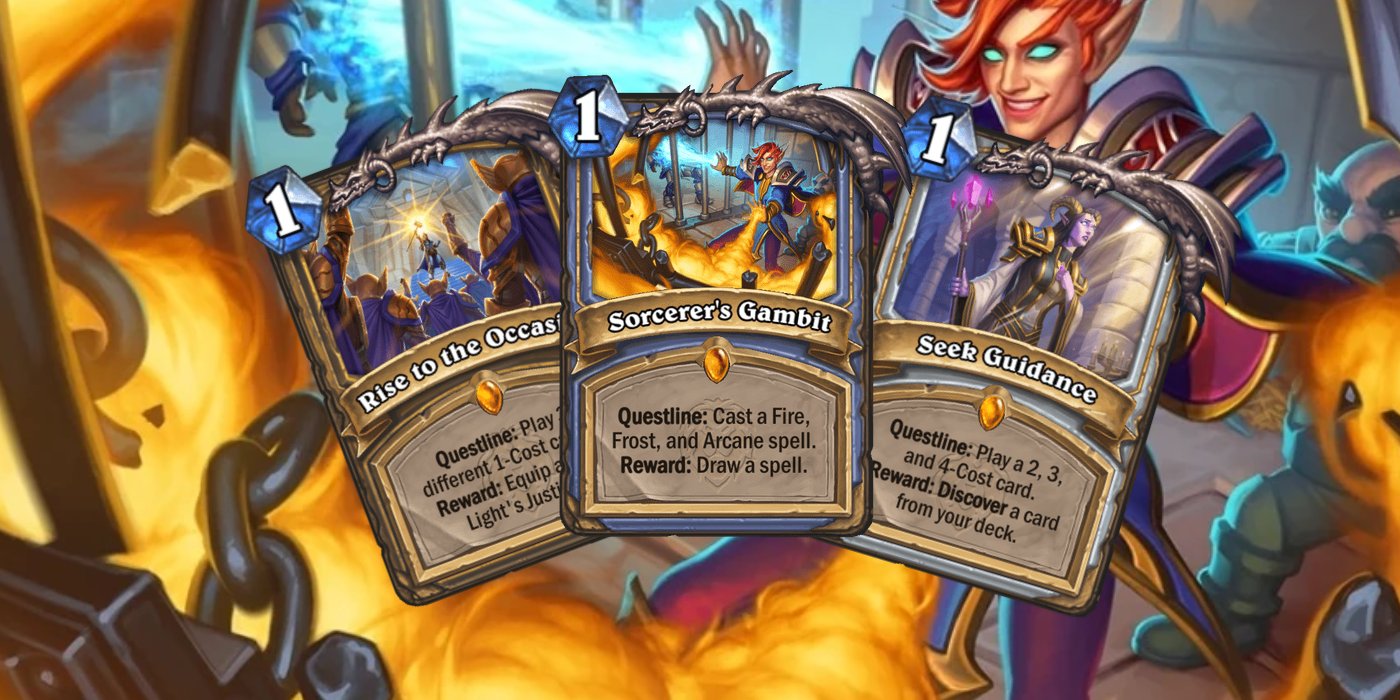
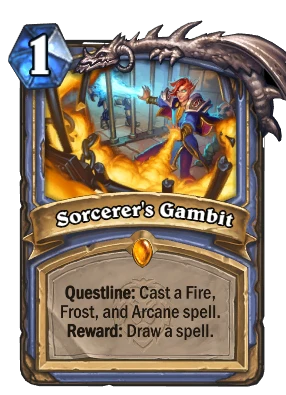
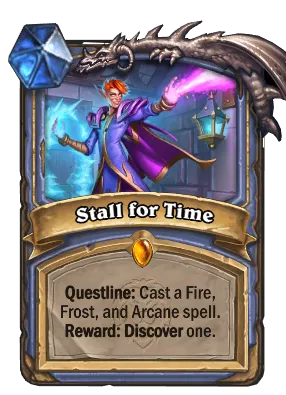
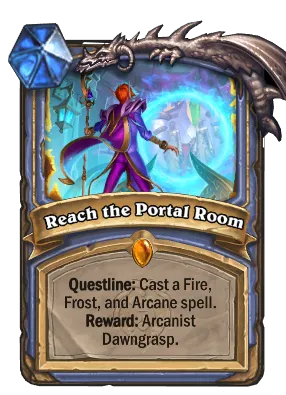
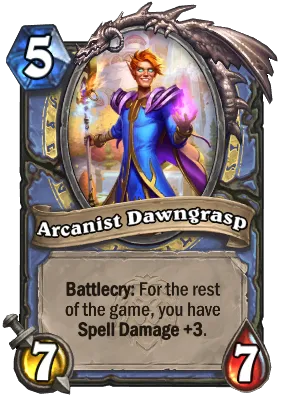
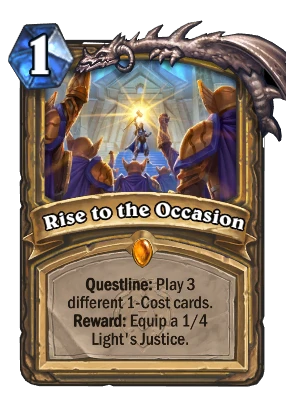
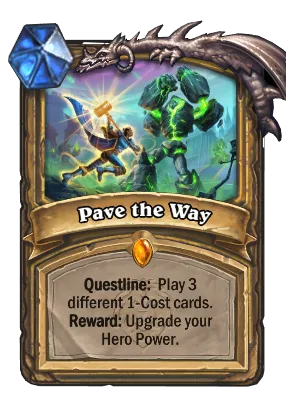
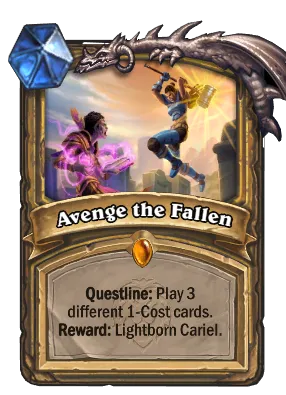
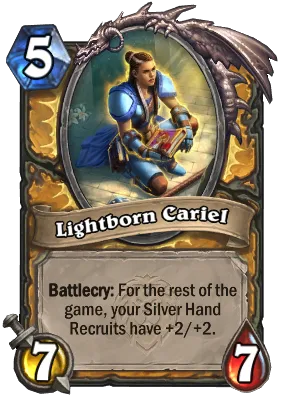
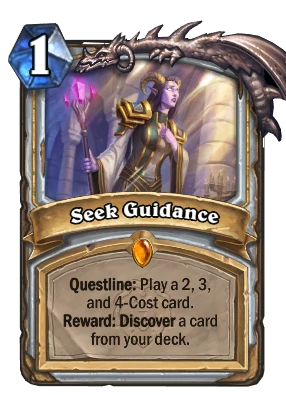
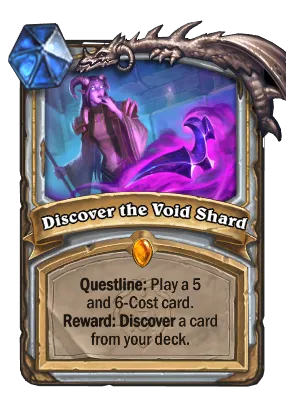
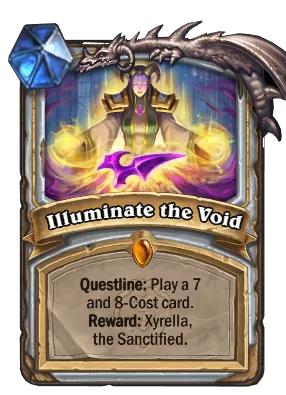
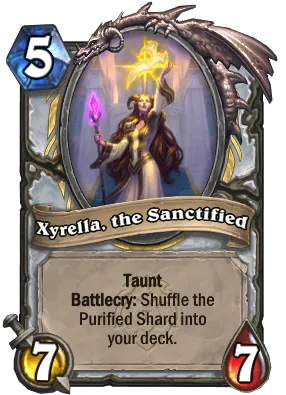
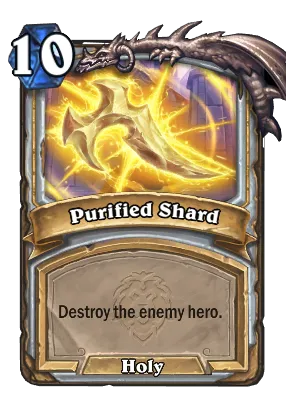
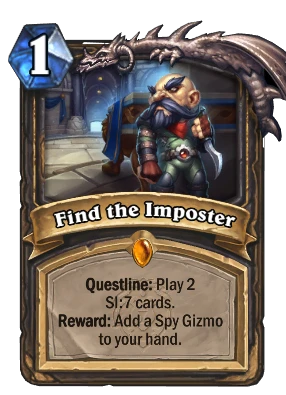
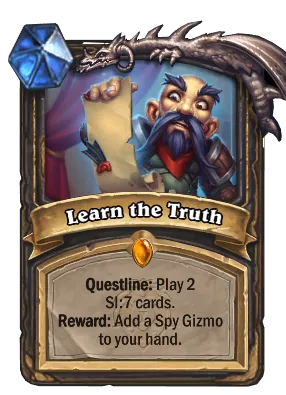
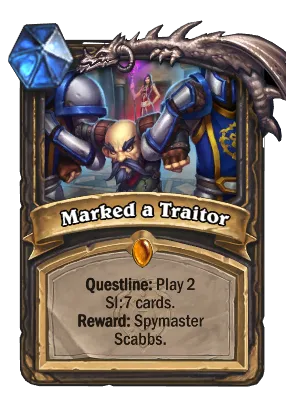
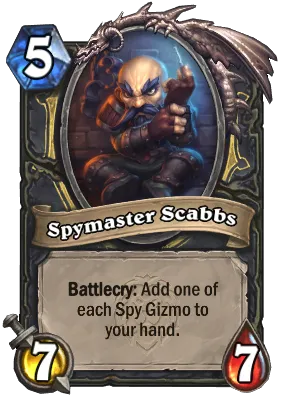
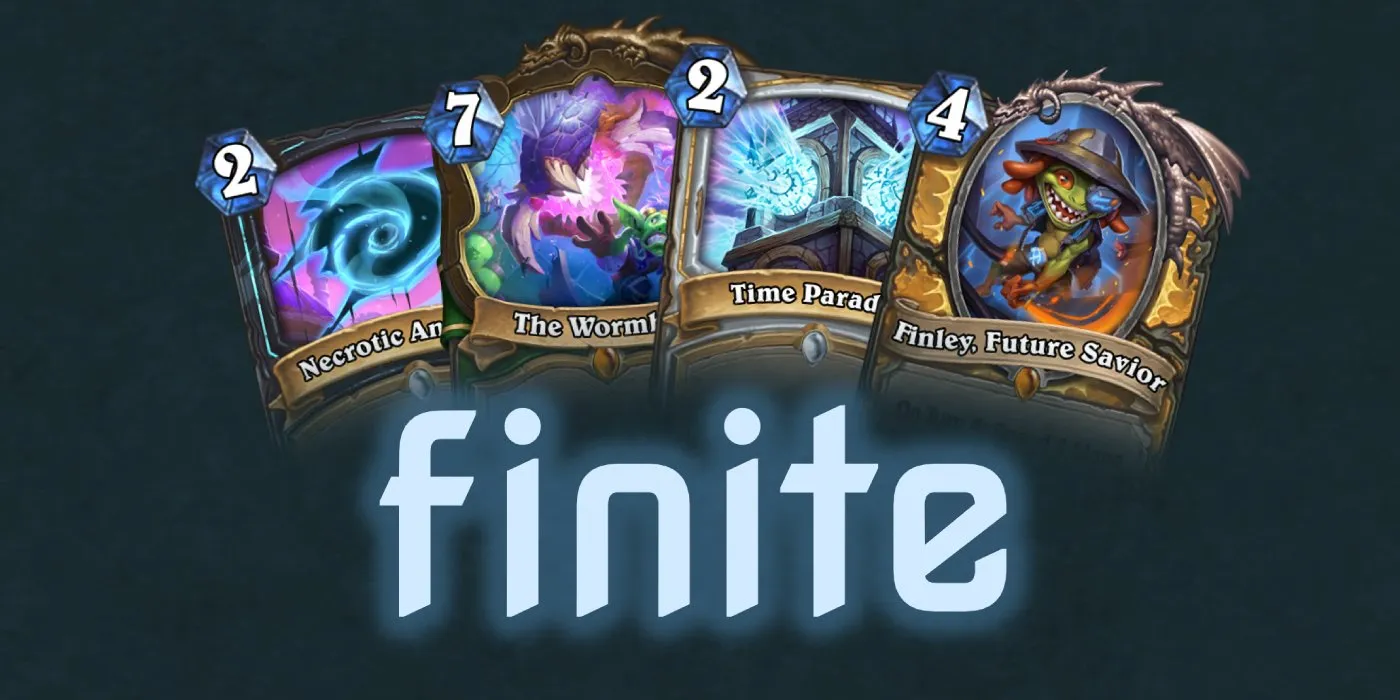
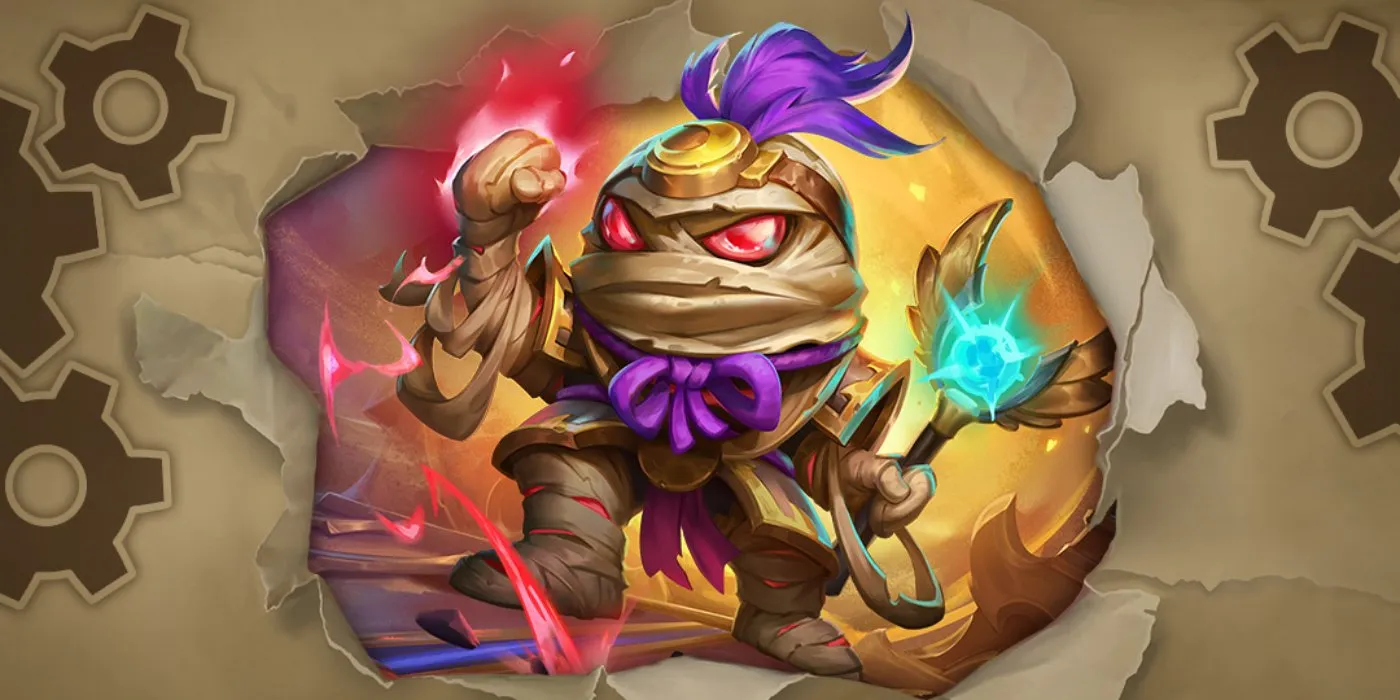
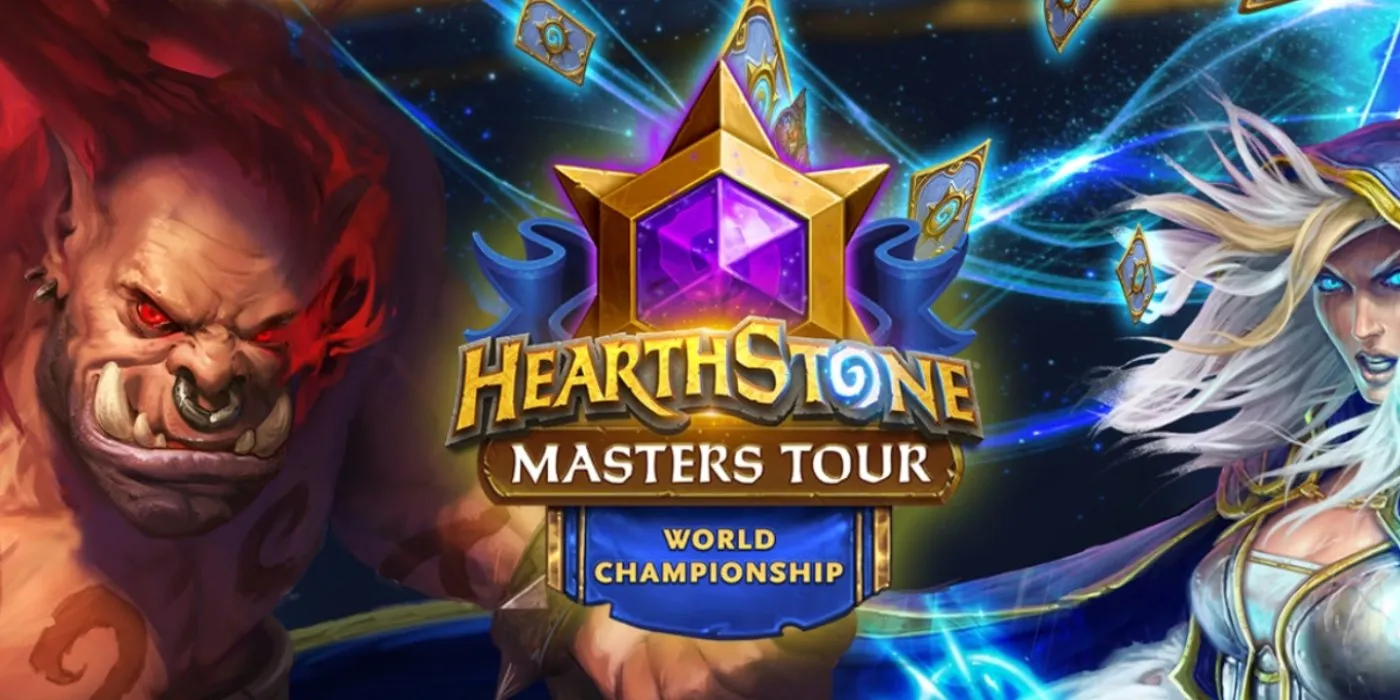
Comments
I've also spent a lot of time trying to make the Paladin questline work. I think the main problem is simply the amount of 1-mana cards you need to play to complete it. If you put your deck full of 1-mana cards, you can complete it on turn 4 relatively often, but still not super reliably. And then you're stuck with top-decking 1-mana cards for the remainder of the game, so you better hope that your hero power is enough to close out the game.
As you mentioned, Light's Justice wasn't terribly useful as a reward: often I would just go face with it, to use up all the charges in case I would be offered a better weapon from Blessed Goods later. I don't think Light's Justice is bad in general, but it is the wrong tool for this deck: it helps you trade up, but if you're playing all 1-drops, you can't afford to make a lot of trades, as you have to be pushing face damage to close out the game before your deck's power falls off.
Another approach was to put more dude (Silver Hand Recruit) synergy cards in the deck, but even a few would dramatically reduce the chance of completing the quest on turn 5 and on later turns the impact of both the 7/7 body and the quest reward is no longer enough to carry the game.
I've seen some people play the questline in Wild in a Dude Paladin deck that finishes the quest later in the game. I guess that with enough synergy cards, the upgraded hero power becomes powerful enough to justify weakening your opening hand. In Standard, that critical mass of synergy cards was never there.
One thing that could have helped is more cards that generate cards like Blessed Goods, which always offers a 1-mana option because Paladin secrets cost 1 mana, but can also produce more expensive cards in a top-deck situation. Another option would be to simply reduce the number of cards needed to advance one or more of the steps. As the quest reward can't be played before turn 5 anyway (*), I think easier completion wouldn't have made it overly powerful.
(*) Turn 1 is the questline itself, so you have 5 mana to spend on turn 2 and 3. Even if every one of the three steps would take 2 instead of 3 cards to be played, you couldn't coin out the reward on turn 4.
By the way, while the deck is widely considered to be unplayable, the win rate I got was actually not that far below 50%: I didn't measure it exactly, but I got decent progress on the "win 5 matches" weekly quest. However, when it won, it was usually very close, while when it lost, it was by a mile. So the deck felt worse to play than what the winrate would suggest.
A deck variation that might be worth mentioning is the inclusion of Lady Prestor, which takes advantage of the fact that many dragons have good battlecries. Still, I think overall she didn't make the deck better, but it did add some more variety.
Now that I think about it, like Light's Justice, the upgraded hero power was also worse in this particular deck compared to other decks. You couldn't really use it until after quest completion, because 2 mana is better spent playing two 1-drops. Even if you found Tour Guide, it was often a losing gamble to use the discount on turn 4 instead of waiting one turn for the reward's buff to kick in.
In general, hero powers are useful to fill gaps in your mana curve, but you don't have gaps in the early game with a deck full of 1-drops, while in the late game you have huge gaps and one use the hero power per turn is not enough to fill them.
No